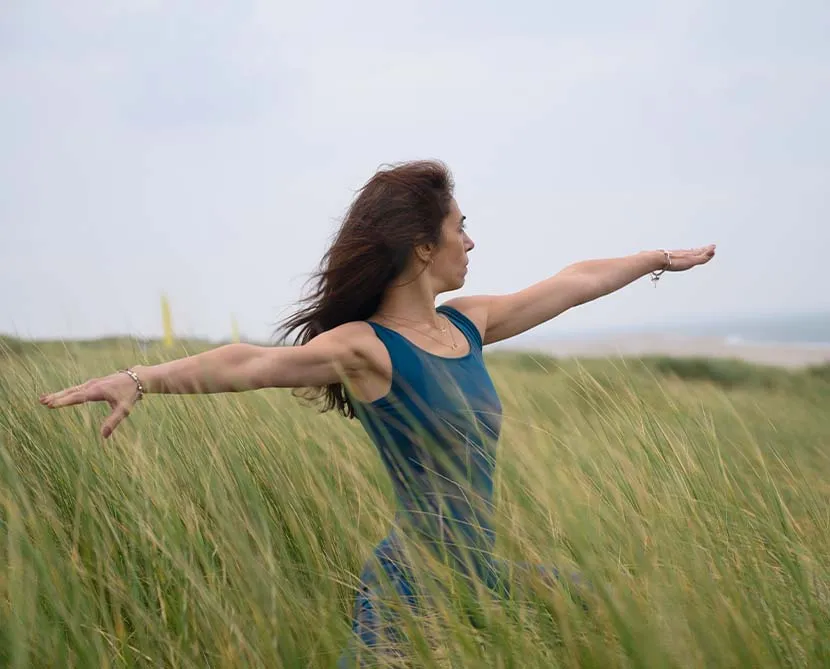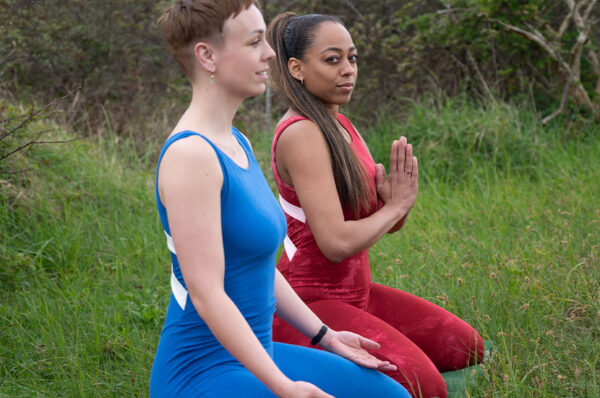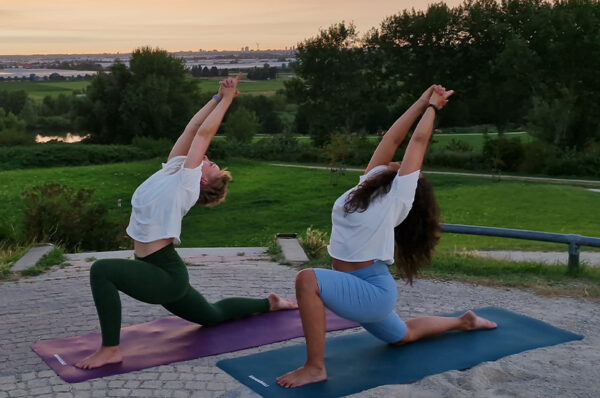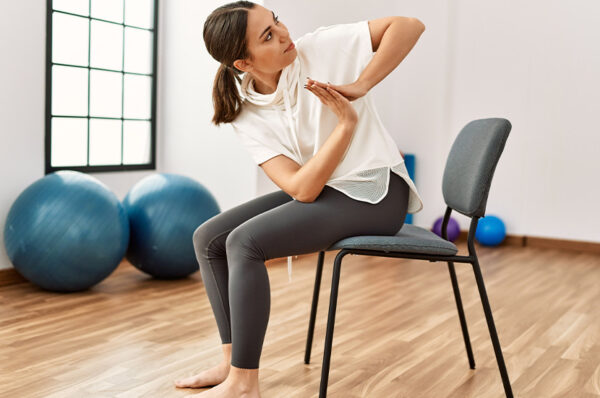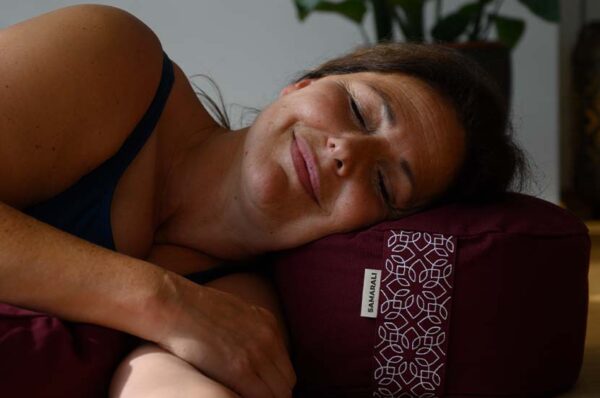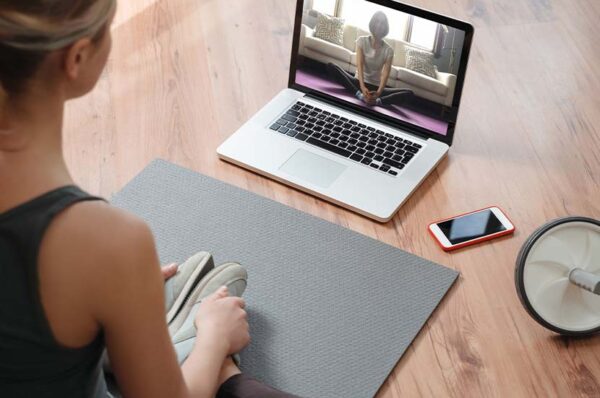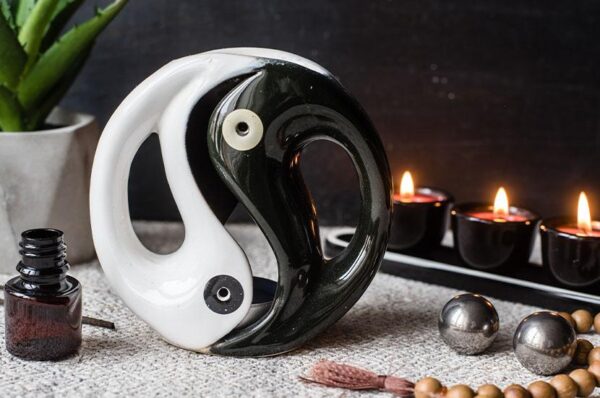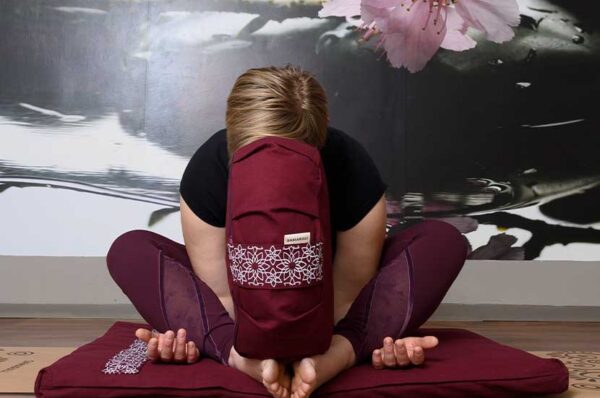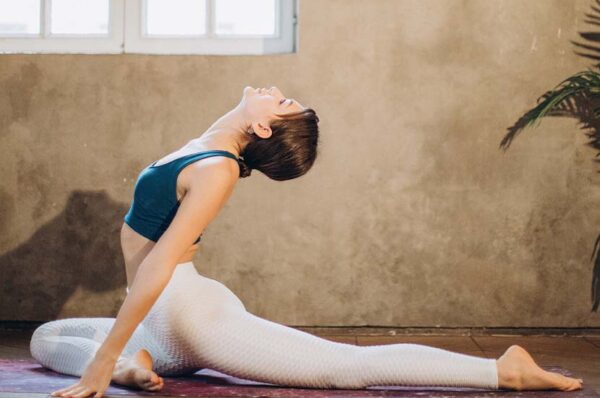– Guest blog post by Marianna –
What is the first thing you picture on your mind when someone mentions yoga?
For a long time, I bet many of us picture yoga as a mix of postures, similar to stretching or body workout, performed by people barefoot on a mat, in a bright room wearing fancy tops and leggings.
It’s pretty rare that during our weekly class at a yoga studio we hear about “the 8 limbs of yoga”.
Because of time constraints (and dare I say marketing purposes), the main focus in the western world seems only about one of these limbs: the physical one.
Don’t get me wrong, asana yoga is an important part and probably a good gateway to access the other ones, but let’s remember that it’s not the only option to choose from.
Additionally, I think that if we “forget” to practice the other limbs, we are not practicing yoga but just doing a workout.
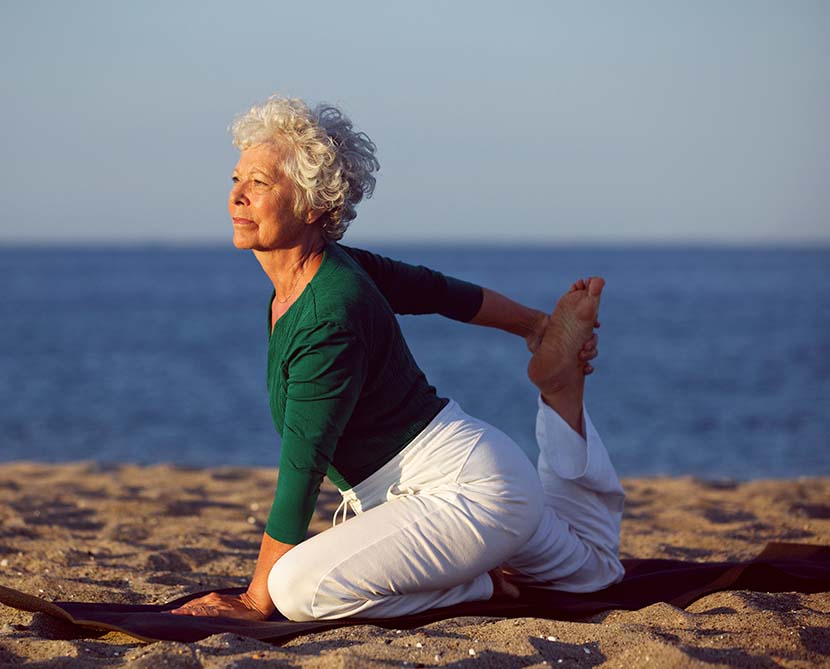
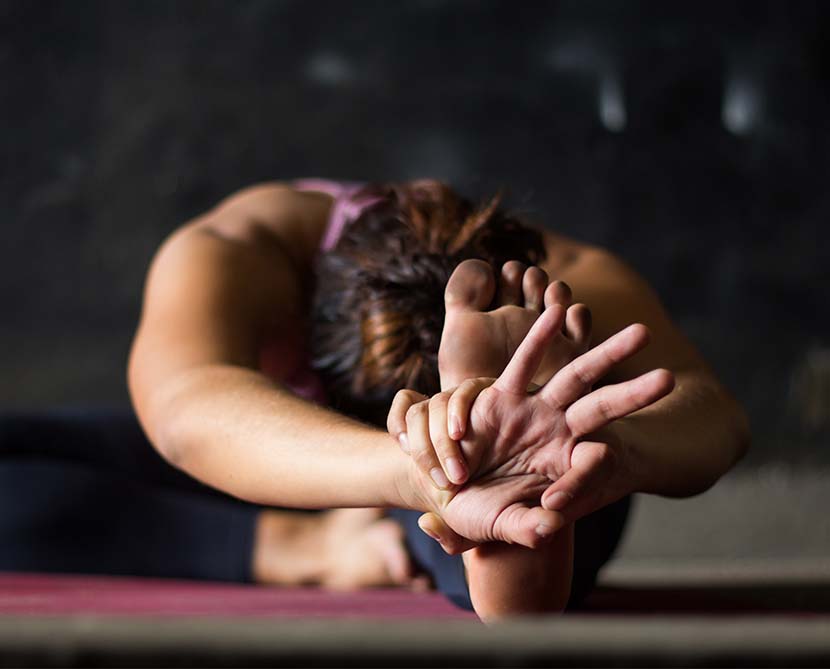
Let me tell you a story
I recently read an ancient story that helps me understand how the 8 limbs of yoga work together.
“Once upon a time a couple lived happily together in a country that had an unjust king. The king became jealous of their happiness and put the man into a prison tower.
The man asked the wife to fetch a long silken thread, a strong thread, a cord, a rope, a beetle, and some honey. When she returned the night after with all the stuff, the husband asked her to tie the silken thread to the beetle and smear honey onto its antennae.
She placed the beetle on the tower wall with its head facing upward. Smelling the honey, the beetle started to climb up the tower in expectation of finding more of it, dragging the silken thread as it did so.
When it reached the top of the tower the man took hold of the silken thread and called down to his wife that she should tie the strong thread to the other end. Once he had the cord the rest happened quickly.
With the rope attached to the cord, he pulled it up, secured one end of it, and, climbing down, escaped to freedom.”
The couple is yogis. The prison represents the conditioned existence. The silken thread symbolizes the purifying of the body through asana.
The strong thread represents pranayama, breath extension, the cord symbolizes meditation, and the rope stands for samadhi, the state of pure being. Once this rope is held, freedom from conditioned existence is possible.
We can summarize that yoga is a kind of journey or path, we embrace to attain freedom from an existence of sufferings created by our mind.
This path is made of 8 steps; if we miss one of them, freedom cannot be fulfilled.
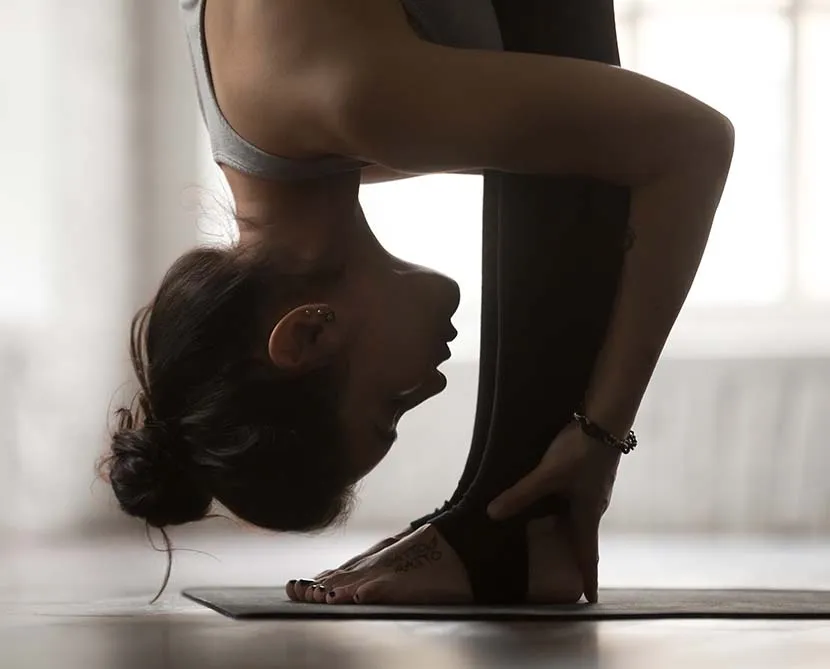
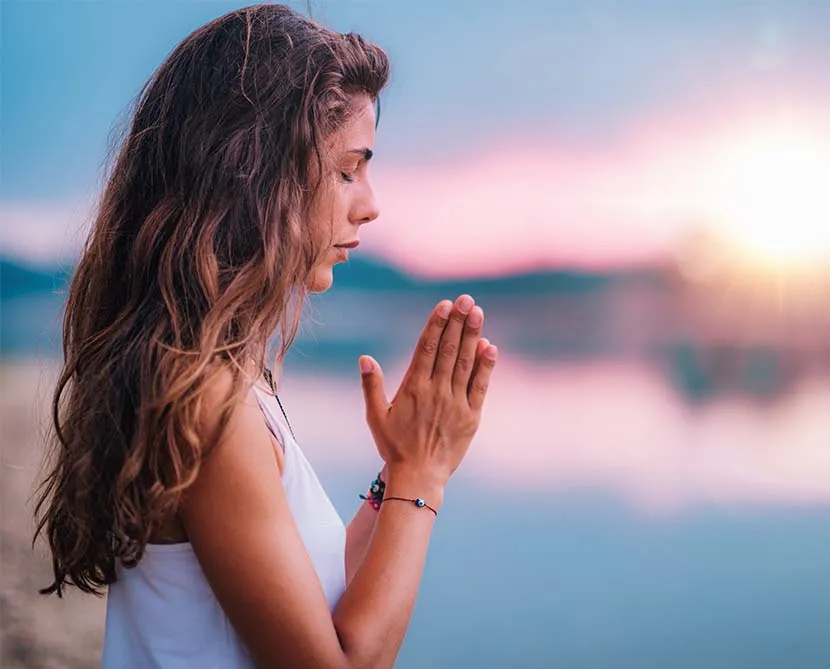
8 Limbs Of Yoga By Patanjali
One theory depicts the full system of 8 limbs of yoga as a ladder, we have to climb the first limb to move on to the next one. This approach lightly suggests that there is a kind of importance of the limbs based on where they are placed.
I prefer to experience the limbs as the petals of a flower with the last one, Samadhi, at its center.
Each petal is at the same level as the others and all together lead to that state of freedom.
The limbs are meant to be practiced every day to establish a good life.
Yamas And Niyamas
The first limb consists of a set of ethics. The second consists of observances.
I wrote about these 2 limbs specifically in 2 past blogs. Follow the links if you like reading more about the Yamas and Niyamas.
Asana Yoga
The third limb is Asana. According to the Brhad Aranyaka Upanishad, the body we have today is nothing but the accumulation of our past thoughts, emotions, and actions.
Asana is the method that releases us from past conditioning, stored in the body, to arrive in the present moment.
Be mindful, though, that practicing forcefully might increase identification with the body, imposing a new layer of pain and suffering. Identification with something impermanent (avidya) leads to more suffering and pain.
Even if we practice constantly every day, our body is meant to age, to experience the change. If we identify with a healthy, young, strong, and super flexible body, there will be a day that all of this will disappear.
Instead, we want to practice asana because it serves us to release and let go of the past stored in it.
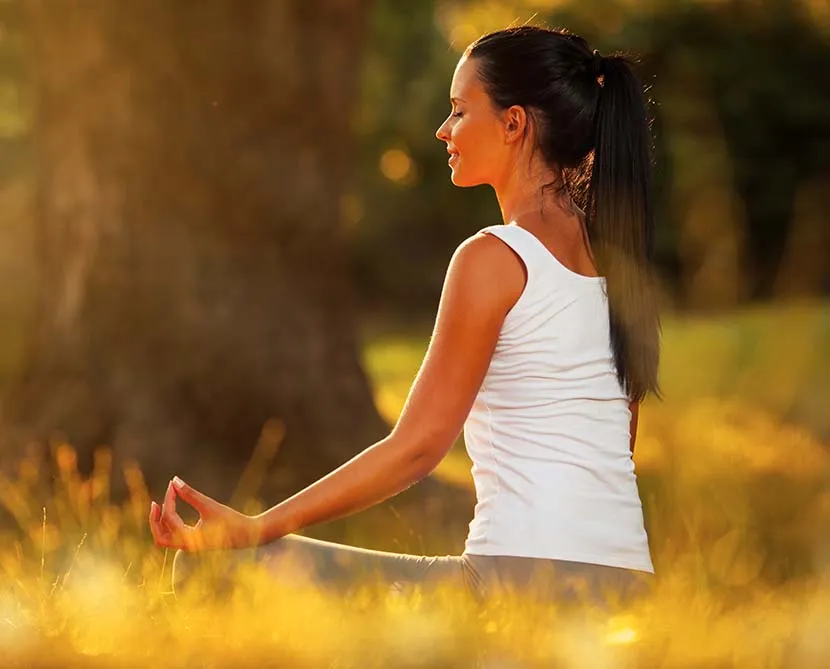
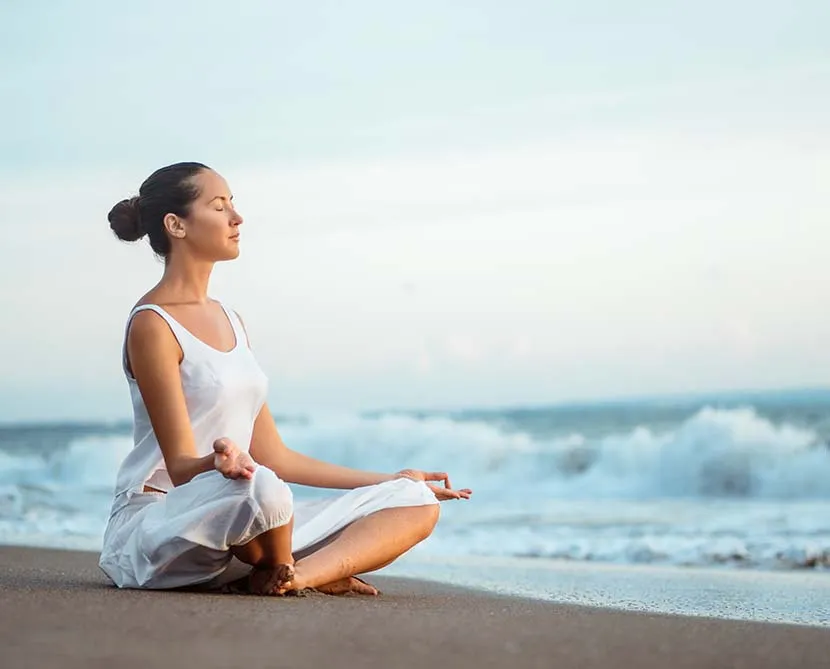
Pranayama
The fourth limb is Pranayama. Prana is the life force, Ayama is translated as an extension. Pranayama means the extension of the breath.
The practice of Pranayama is the study and exercise of one’s breath to a point where it doesn’t agitate the mind.
Pratyahara
The fifth limb is Pratyahara, the sense withdrawal. In Vinyasa yoga it is practiced through Drishti, the focal point.
By turning the gaze toward prescribed locations (the navel, the point of the nose and the fingers) we focus inward and we develop, what is called by tantric philosophy, the center (Madhya).
Dharana
The sixth limb is Dharana, concentration. The mind has always the tendency to attach to the thoughts that arise. For the mind is extremely difficult to meditate on the consciousness, because it is formless.
The practice of concentration is a prerequisite and preparation for the meditation itself.
We can start focusing on simple objects to get ready for the penultimate object: formless consciousness, pure awareness.
In Vinyasa yoga, Dharana is practiced by focusing on the bandhas: Mula and Uddiyana Bandha (pelvic and lower abdominal locks), on an external level.
On an internal level, it is on the bonding together of movement, breath, and awareness.
Dhyana
The seventh limb is Dhyana, meditation.
You have probably read tons of definitions of what is meditation. I like the one formulated by Gregor Maehle: “Meditation means to rest, uninfluenced, between the extremes of the mind and suddenly just “be” instead of “becoming”.”
In meditation, there is no effort of excluding all thoughts that are not relevant to our chosen object.
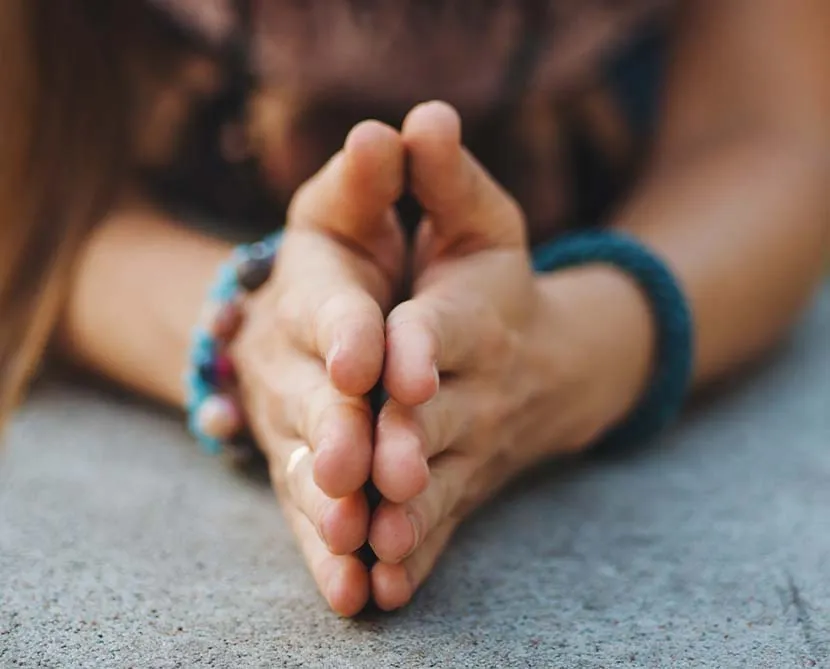
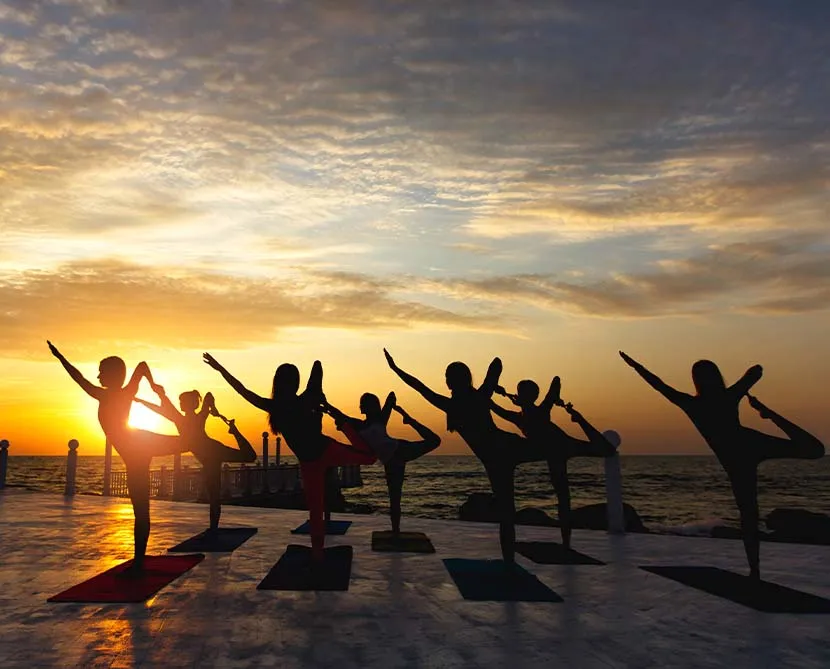
Typical objects chosen are the inner sound, the breath, the process of perception, the Supreme Being.
In Vinyasa Yoga, meditation starts when, rather than doing the practice, we are being done or moved.
Samadhi
The eighth limb, Samadhi, is of 2 kinds: objective and objectless.
Objective occurs when the mind is clarified to an extent that it does not produce another simulation of reality.
Objectless Samadhi is the highest form of yoga: it occurs when our true nature is revealed.
This final state is beyond achieving, beyond doing, beyond practicing. It is a state of pure ecstatic being (Kaivalya), a state where there is total freedom and independence from any external stimulation.
Hopefully the next time you picture what yoga is, it will not only be people balancing on one leg or their head, but an indefinite state of peace and freedom.
Sources:
- Ashtanga Yoga – Practice & Philosophy by Gregor Maehle
Marianna has been practicing Yoga for more than eight years, and in 2020
she completed the 200h Yoga Teacher Training in Vinyasa at YogaMoves in Utrecht.
She is passionate about sharing Yoga with others, living more sustainably,
and traveling. Here is her INSTAGRAM page.
